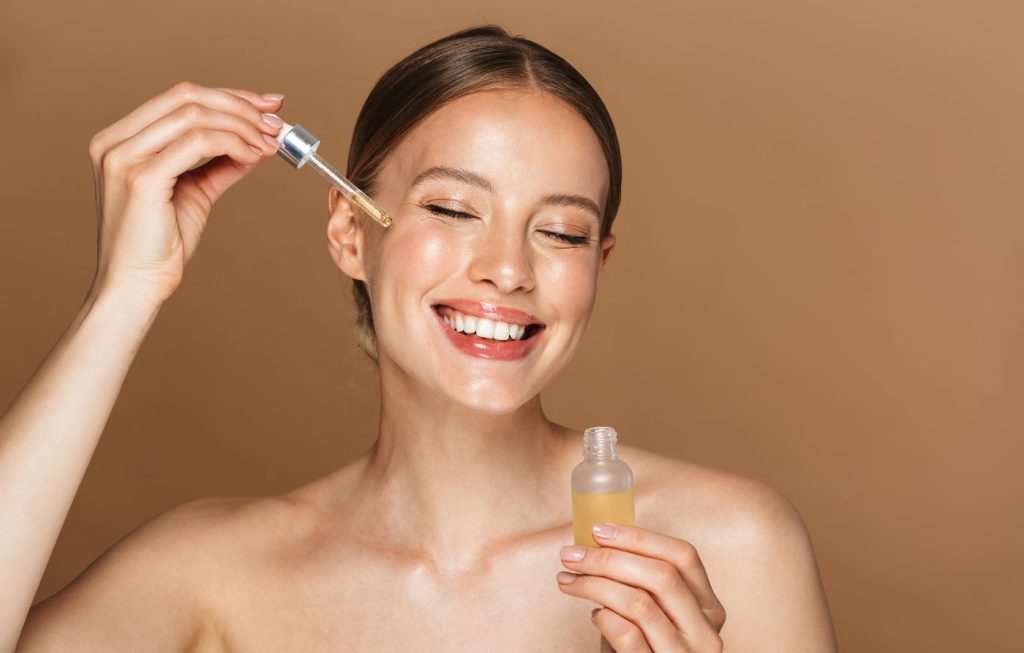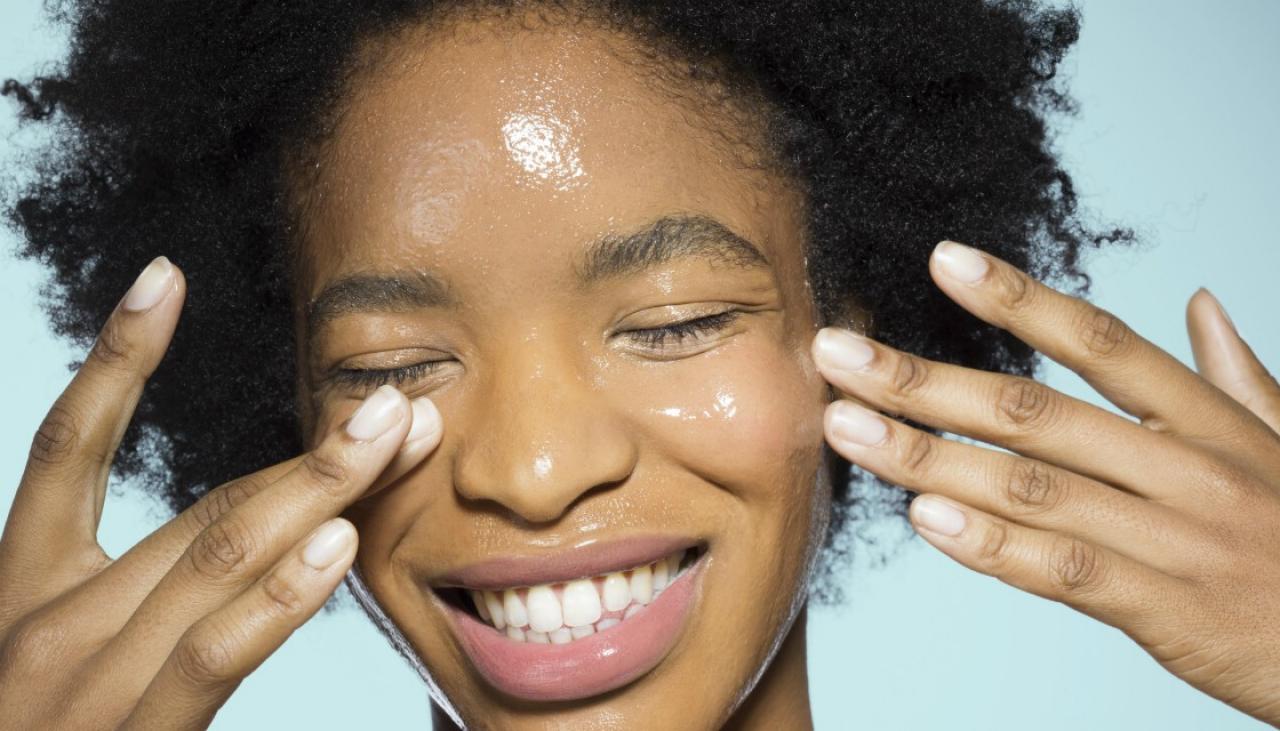The beauty industry is rife with debates, and a particularly contentious one that has emerged recently is whether oil cleansing is beneficial for acne. Proponents of this technique praise its remarkable results, while critics express doubt.
This detailed article aims to tackle this question, offering a thorough examination of oil cleansing. We will assess its efficacy in combating acne and present an unbiased view on the subject.
What is Oil Cleansing?
Oil cleansing is a skincare routine that involves using specific oils to remove excess oil, dirt, and makeup from the skin. The concept behind oil cleansing is based on the principle that “like dissolves like.”
Instead of using soap or detergent cleansers, which can strip the skin of its natural oils, an oil cleanser removes impurities without drying out or irritating the skin.
The oil cleansing method has gained popularity among individuals with various skin types, including oily, dry, and sensitive skin. However, the pressing question remains: “Does oil cleansing help with acne?”
Unraveling the Acne-Oil Connection
Acne, a troublesome skin condition, arises from a combination of factors such as excessive oil production, the buildup of dead skin cells, and the growth of acne-causing bacteria. So, does it make sense to use oil to cleanse acne-prone skin?
The rationale behind oil cleansing is that it can help regulate oil production and reduce acne breakouts. However, the answer to whether it is effective for acne-prone skin is not a straightforward yes. While oil cleansing offers benefits, it may not be the universal solution for acne-prone skin that many hope for.
Points to Note
1. Not All Oils are Created Equal
The type of oil used for cleansing is crucial. Oils such as jojoba, argan, rosehip, grapeseed, and marula oil offer nourishing benefits and are non-comedogenic, meaning they do not clog pores. This characteristic is vital for acne-prone skin.
Conversely, oils like coconut oil or certain mineral oils are comedogenic and can clog pores, leading to more breakouts. Therefore, selecting the appropriate oil for your skin type is essential.
2. Understand Your Skin Type
Understanding your skin type is paramount. If your skin is excessively oily or prone to breakouts, some oils might worsen the condition. However, if you have dry or dehydrated skin, certain oils can provide the necessary nourishment and hydration.
3. Skin Adjustment Period
When starting a new skincare routine like oil cleansing, the skin may go through an adjustment period. During this time, it’s common to experience increased acne breakouts initially. However, these should subside as the skin adapts to the new regimen.
4. The Double Cleanse Method
A critical yet often overlooked aspect of oil cleansing is the double cleanse. Skipping this step can leave a residue of oil on the skin, potentially causing breakouts.
After using an oil-based cleanser to remove makeup and impurities, it’s recommended to follow with a second, non-oil cleanser to thoroughly wash away all traces of oil and dirt.

Taking Care of Your Acne-Prone Skin
Given the complexities of oil cleansing and acne, how should you approach this method if you have acne-prone skin?
1. Choose the Right Oil
Selecting the right oil for your skin type is vital. Non-comedogenic oils like jojoba, rosehip, or sweet almond oil are generally safe for most skin types. These oils closely resemble the skin’s natural sebum and can help balance oil production.
2. Experiment with Blends
You may need to experiment with different oil blends to find what works best for your skin. For instance, you can mix a balancing oil like jojoba or argan oil with an oil known for its healing properties, such as rosehip oil or evening primrose oil.
3. Always Follow with a Second Cleanse
Always follow your oil cleanse with a second, gentle cleanse. This step is vital to thoroughly remove all excess oil and impurities from your skin.
How To Use Cleansing Oil Properly
Now that you are aware of the common mistakes to avoid, here’s a straightforward guide on the correct way to use cleansing oil.
1. Apply the Product
Start by pumping a quarter-sized amount of cleansing oil into clean hands, then apply it to dry skin.
2. Massage
Gently massage the oil into your skin using circular motions. This action creates friction, which warms both your skin and the product, opening your pores for better oil absorption.
3. Rinse
Use warm water and a damp washcloth to remove the cleansing oil and any impurities it has lifted from your skin. It’s crucial to ensure the cleansing oil is thoroughly rinsed off before proceeding with your routine. Any residue left on the skin can clog pores and cause breakouts, as well as hinder the absorption of other skincare products.
4. Cleanse (Optional)
For the second cleanse, you can use an active product like an exfoliant or a simple water-based face wash. In this step, lather and rinse thoroughly to ensure all remnants of the oil and impurities are completely washed away.
RELATED ARTICLE: Can I get a Sunburn on a Cloudy Day?
Bottom Line
Oil cleansing can offer significant benefits for acne-prone skin when done correctly with the right oils and techniques. However, its effectiveness varies based on individual skin types and conditions. By understanding your skin type, choosing appropriate oils, and following a thorough cleansing routine, you can potentially manage acne better.
